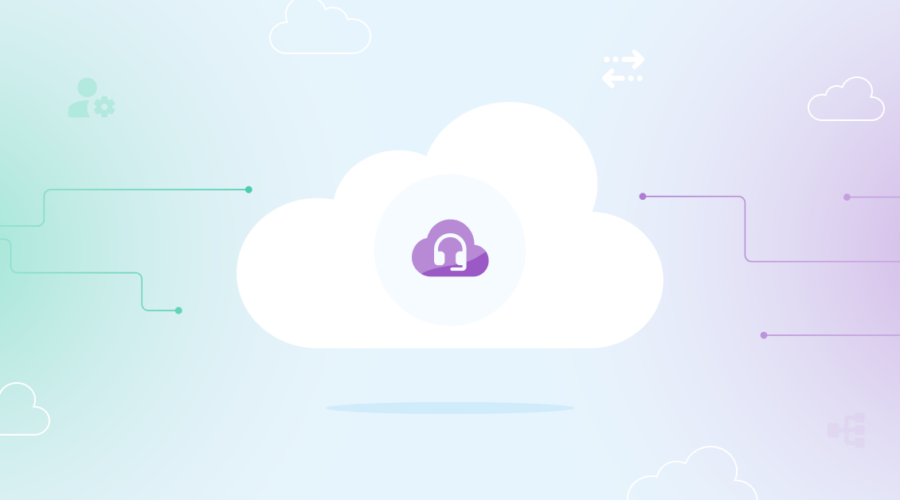In October of 2020, Bandwidth hosted a roundtable featuring leading contact center analyst Andras Cser of Forrester.
During the roundtable, we discussed industry trends and top-of-mind topics for large call centers. Some major themes included fraud detection and prevention, the impact underlying network quality has on analytics and voice bio authentication, and the increased importance of a strong, automated authentication strategy with the surge in calls to contact centers during the global COVID-19 pandemic.
Following that roundtable discussion, Mr. Cser sat down with Bandwidth to answer five burning questions about contact centers.
Large enterprise contact centers have been contemplating the big migration of on-prem infrastructure and software to the cloud for some time. How has COVID-19 affected timelines for that transition?
Contact center migration to the cloud has been ongoing for the past five years. However, COVID-19 greatly accelerated migration of on-prem infrastructure and software migration to the cloud. Reasons include:
- Increased difficulties in staffing on-prem data centers and processes
- Customers’ transition to faceless, digital enrollment processes
- Increased fraud rates necessitate improved fraud detection mechanisms available at a lower cost and with greater efficiency via cloud-based solutions.
Covid has also sped up the integration of components in the digital customer journey, including enrollment, authentication and self-service, as well as customer information management.
What are the biggest risks and benefits to contact centers making the transition now?
Contact centers’ transition to the cloud has to at least keep—better yet, reduce—firms’ exposure level to risk. For example, firms must protect customers’ personally identifiable information (PII) throughout the redefined cloud contact center workflows.
Ensuring performance levels of contact centers (such as for call hold times, call intake volumes, enrollment, and authentication error rates) is also a challenge for organizations to overcome in the transition. Beyond lower operational costs, the benefits of transitioning contact centers to the cloud include improved security of authentication through call monitoring and the use of shared data.
Which contact center platforms have benefited the most from the shift to the cloud?
Contact center platforms that offer easy, bidirectional, API/SDK-based integration of:
- Security (identity verification, authentication, and authorization)
- Business functionality (e.g., CRM, business intelligence, marketing, and analytics)
- Adaptive, easy-to-configure, low-friction customer flows have benefited most from the shift to the cloud.
We also see call center platforms that support agile call routing and call security reconfiguration taking the lead in the transition. Contact center platforms that offer risk-based approaches to customer approach (caller ID, VoIP header-based risk levels) are also better positioned to satisfy the requirements of a simplified customer onboarding and authentication process with a higher level of security.
How is the move away from on-prem affecting the composition of enterprise contact center staffing?
Contact center staffing has remained the same or decreased slightly due to improved contact center automation processes. Firms that maintain contact centers are able to not only size and scale the headcount and skill sets of the contact center agents but also provide contact center operations at a lower cost.
Firms are also able to outsource redefined contact center flows more easily. Lastly, fraud management in call centers is increasingly automated, further reducing manual labor in call centers and shifting resources to more value-added tasks, including fraud management configuration management, audit analysis, etc.
What role do enterprises see their carrier playing in maintaining continuity with core capabilities during contact center migrations?
Enterprises rely on their carriers for call routing, call analytics, and call flow security (including, but not limited to, integrity of Voice over IP (VoIP) Session Initiation Protocol (SIP) headers, caller ID spoofing detection, and partnerships with contact center authentication vendors).
Carriers’ implementation services can often help firms implement best practices around the above aspects in migrations, thus reducing the time-to-value of cloud contact centers. Carriers also provide invaluable consortium data (shape of the distribution of calls, calling device types, etc.) that make protection of call centers more accurate, reliable, and cost-effective.



